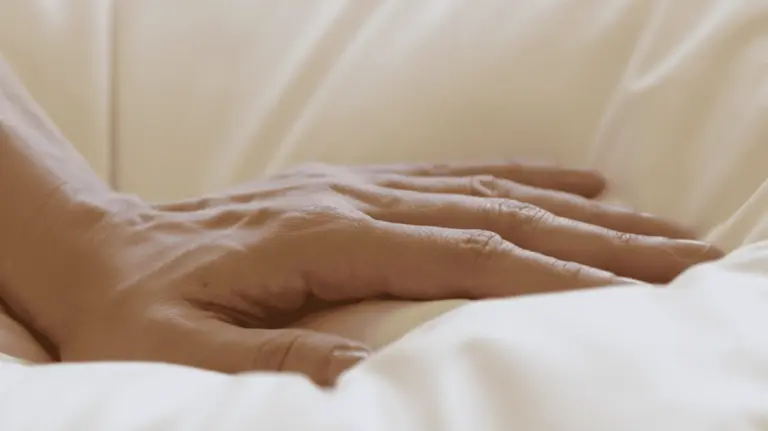Japanese Comforter vs Duvet: Cultural and Practical Differences Explained
The Subtle Art of Sleeping Warm: How Japan’s Kakebuton Differs from Western Duvets
If you’ve ever traveled to Japan and tucked yourself beneath a soft, flat comforter called a kakebuton, you might have wondered why it feels different from a Western-style duvet. This article explores the practical and cultural contrasts between the Japanese comforter vs duvet — from materials and maintenance to the philosophy of minimalist warmth that defines Japanese sleep culture.
What Is a Japanese Kakebuton?
A kakebuton is Japan’s traditional comforter, usually filled with natural down or synthetic fibers and encased in a light cotton cover. It is thinner and flatter than most Western duvets. In Japan, it’s typically paired with a shikibuton (floor mattress) and used directly over the sleeper without a top sheet. The simplicity reflects Japan’s approach to bedding — minimal layers, easy airing, and close connection to natural materials.
How a Kakebuton Differs from a Western Duvet
The most obvious difference between a Japanese comforter vs duvet lies in structure and layering. Western duvets are often bulky, encased in decorative covers, and designed for long-term use without frequent washing. A kakebuton, on the other hand, is made to breathe. It’s lighter, easier to air out under the sun, and meant to adapt seasonally by swapping inner fills.
| Feature | Japanese Kakebuton | Western Duvet |
|---|---|---|
| Thickness | Thin, compact, breathable | Thick and lofty |
| Filling | Natural down or synthetic fiber | Down, feather, or microfibre |
| Care | Sun-dried regularly | Cover washed; insert rarely cleaned |
| Usage | On futon, often without top sheet | On mattress, with sheets |
Cultural Meaning Behind Bedding Choices
In Japan, cleanliness and seasonality shape sleep habits. Airing the kakebuton under sunlight is part of routine home care — believed to refresh both fabric and spirit. Western bedding, in contrast, values insulation and long-lasting warmth through multiple layers. The contrast between a Japanese comforter vs duvet mirrors broader cultural values: Japan’s respect for nature and simplicity versus the West’s pursuit of consistent comfort and aesthetic coziness.
Recommended Comforters Available in the U.S.
If you’d like to experience the feeling of a Japanese-style kakebuton, here are a few U.S.-available options:
- EMOOR Kakebuton Comforter — Lightweight and breathable; made in Japan and designed for futon use.
- Airweave Light Down Comforter — Premium Japanese brand offering all-season warmth with high breathability.
- FULI Japanese Futon Comforter Set — Authentic futon bedding set that brings the full Japanese sleep experience.
Whichever you choose, think of it as more than bedding — it’s a quiet invitation to slow down and appreciate the understated comfort of Japanese living.


